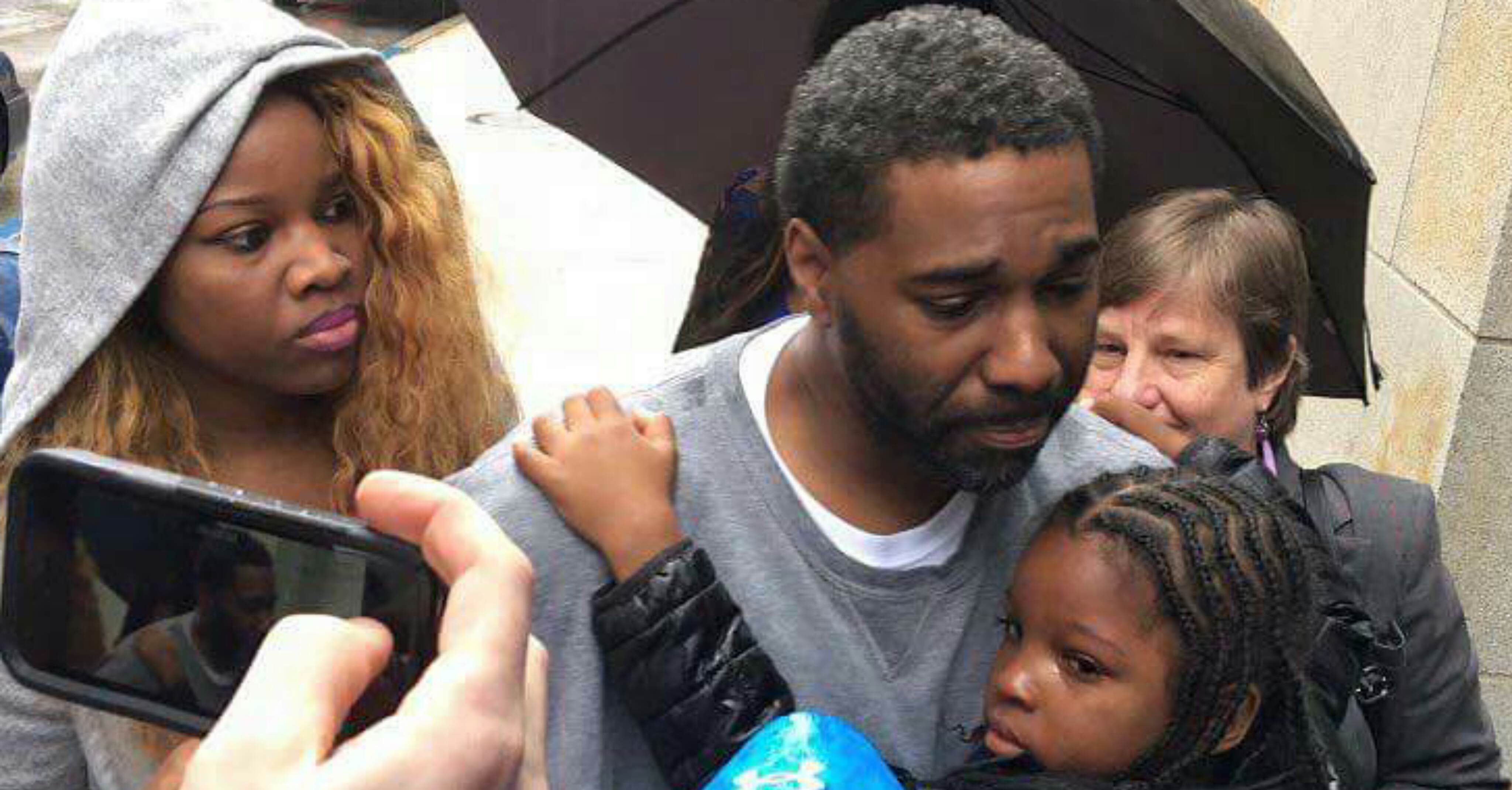
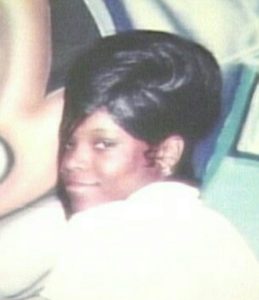
Around 8:35 p.m. on November 20, 1998, 16 year old Toni Bullock and her best friend and neighbor, 17 year old Tyeisha Powell walked to Rite Aid on Hartford Road in East Baltimore. Bullock, who was an 11th grader at Carver Vocational Technical High School, aspired to be an accountant when she graduated. She and Powell were retrieving personal items from the drugstore on that dark, rainy night when they were later approached by a man in his mid-20s wearing a black puffy winter coat, red shirt, and blue jeans.
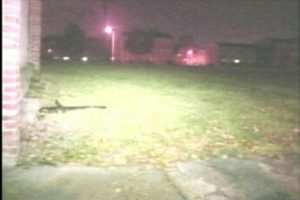
The man demanded money from the teens. Powell managed to escape, running to a neighbor’s home, begging them to call 911. Bullock was dragged into a nearby vacant lot and stabbed multiple times before escaping. The man chased her for nearly a block, screaming after her, before Bullock collapsed in the street. After the man fled, Bullock was surrounded by neighbors who attempted to nurse her wounds and pray over her while awaiting the police’s arrival. Bullock died that night at 9:20 p.m. at John Hopkins Hospital.
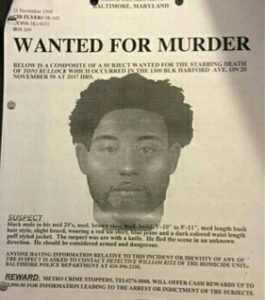
Less than two weeks later, Malcolm Jabbar Bryant, a 23 year old, was being held at a city detention center for theft when he was served a warrant for the murder. The father of two had a history of robbery, gun, and drug charges, but had never spend more than a few months in jail.
Despite providing witnesses to verify his whereabouts on the night of Bullock’s murder, Bryant was sentenced to life imprisonment. The sole evidence that led to Bryant’s conviction was Tyeisha Powell identifying Bryant as the murderer of her friend.
Although Powell only saw the killer for three to four seconds on that dark, rainy night, the jury decided Powell’s claim was enough evidence to convict Bryant of first-degree murder. On December 1, 1998, Bryant would spend the next 17 years in prison for a murder he did not commit.
Michelle Nethercott of the Baltimore Innocence Project worked for years to clear Bryant’s name. Nethercott sought to bring DNA evidence as proof that Bryant did not commit Bullock’s murder, but according to Nethercott, prosecutors thwarted her attempts. Making Bryant’s DNA testing a priority over the city court’s system of already overflowing dockets was the challenge.
“Finally after six rounds of DNA testing, he was able to show through DNA evidence that he was not the one who killed Toni Bullock”, said Nethercott.
In 2011, the court ordered a DNA test on Bullock’s nail clippings and the T-shirt Bullock wore the night she was murdered. Those items showed a partial DNA match to Bullock’s killer. Bryant was not a match. A new investigation was launched and witnesses were reinterviewed to find plausible evidence as to why Bryant went down for the crime.
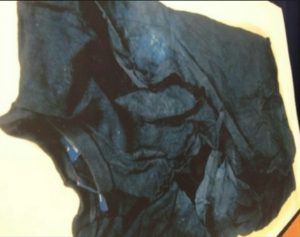
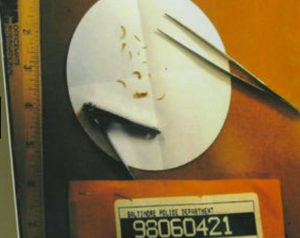
Last Wednesday on May 11, 2016, after two more DNA tests, prosecutors stated the DNA evidence exonerated Bryant from the crime of Bullock’s murder and he was freed a few hours later. Watch Bryant’s emotional reunion with his family as he walks out with Baltimore Innocent Project’s Michelle Nethercott BELOW:
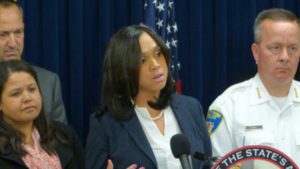
State Attorney Marilyn J. Mosby, who gained notoriety in 2015 after indicting six Baltimore police officers in the death of Freddie Gray, allowed the DNA testing to be brought forth as evidence. Reportedly, this is the first exoneration for the Baltimore City State’s Attorney’s Office under the leadership of Marilyn Mosby.
“As prosecutors, our duty is to pursue justice equally and fairly under the law for victims, witnesses, accusers, and the accused”.
“On behalf of the criminal justice system, I’d like to apologize to Mr. Malcolm Bryant and his family for the pain they’ve endured as a result of his wrongful conviction”, stated Mosby.
“My heart breaks for the family of Toni Bullock. Please know that your daughter is not forgotten, and my office will be working with Commissioner Kevin Davis and the Baltimore Police Department to do all that we can to investigate and prosecute the man who is truly responsible for Toni’s death,” stated Mosby.
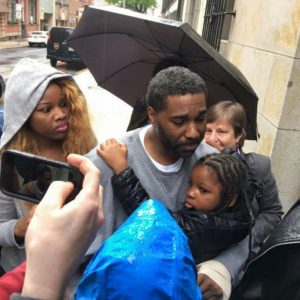
Bryant spoke to news reporters on how it feels to finally be a free man again:
“I’ve never walked on the moon before, but it was like high stepping on the ground. Not having shackles on and being a free man, it’s amazing”.
“They had to pinch me to let me know I wasn’t dreaming, that it was real”, said Bryant.
On what he plans to do now that he’s free, Bryant says “I’ve got two sons I haven’t seen in almost 18 years, so that’s my first priority”.
Mosby says she is reorganizing her office to reevaluate other petitions for exonerations.
